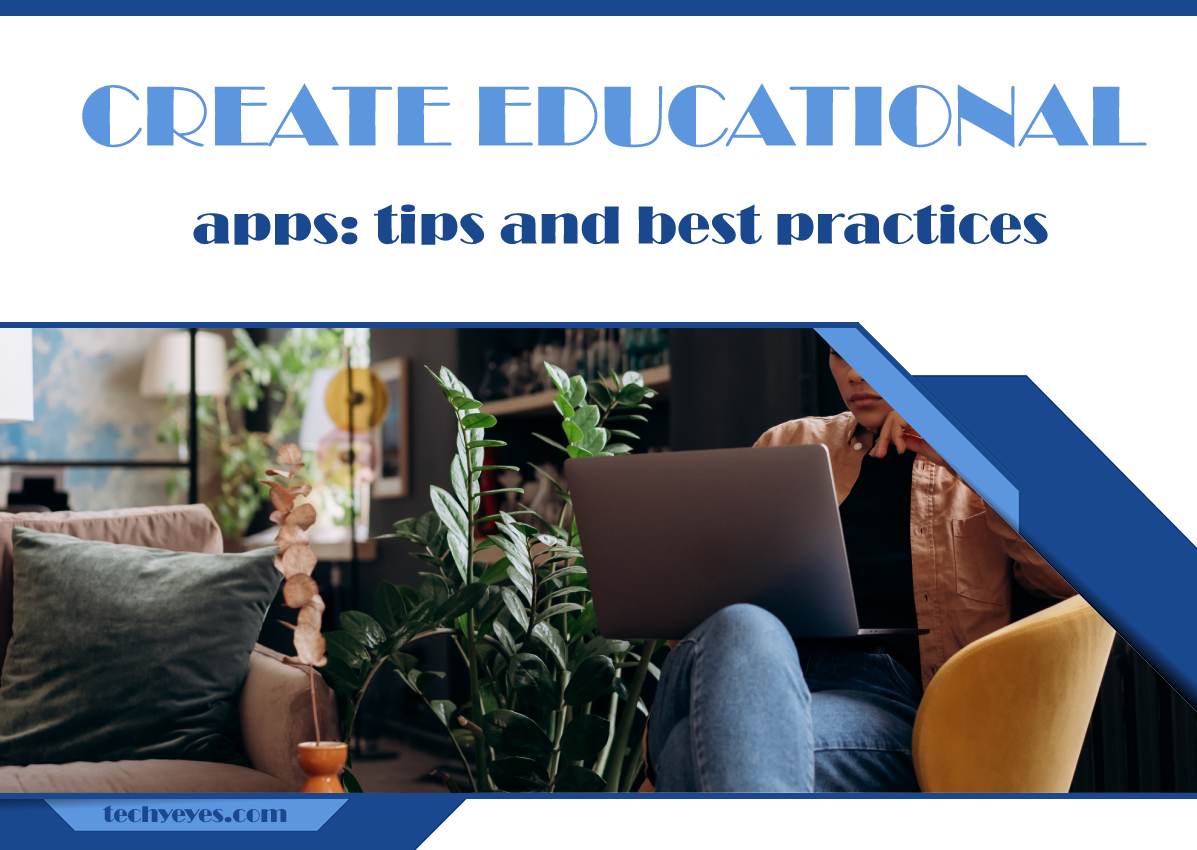With the rise of technology and smartphones, educational apps have become increasingly popular in recent years. Educational apps provide a unique opportunity for students of all ages to learn and engage with educational content in a fun and interactive way. However, creating an educational app can be challenging, especially if you’re new to the process. In this article, we’ll provide you with some tips and best practices for creating educational apps.

1. Understand Your Audience
Before creating an educational app, it’s essential to understand your target audience. This involves identifying the age range, educational level, and interests of your users. Understanding your audience can help you create an app that is engaging, relevant, and meets their specific learning needs.
2. Focus on User Experience
User experience is key when it comes to creating educational apps. Your app should be easy to use, intuitive, and visually appealing. When designing your app, consider using colors, graphics, and animations to make it visually engaging and interactive. Also, make sure to test your app with real users to identify any usability issues and make improvements accordingly.
3. Provide Quality Content
The success of your educational app depends largely on the quality of the content it provides. Make sure that your content is accurate, up-to-date, and relevant to your target audience. Consider collaborating with subject matter experts to ensure that your app provides reliable and high-quality educational content.
4. Use Gamification
A gamification is a powerful tool for creating engaging and interactive educational apps. By adding elements of gamification, such as rewards, challenges, and progress tracking, you can motivate and engage users to continue learning and using your app. Consider using gamification techniques such as points, badges, and leaderboards to make your app more fun and interactive.
5. Consider Different Learning Styles
People learn in different ways, and your app should cater to various learning styles. Consider incorporating multimedia elements such as videos, audio, and interactive quizzes to accommodate different learning styles. You can also provide multiple modes of learning, such as visual, auditory, and kinesthetic, to cater to a broader audience.
6. Incorporate Feedback Mechanisms
Feedback mechanisms are essential for improving the learning experience of your users. Consider incorporating features such as progress tracking, quizzes, and assessments to provide users with feedback on their learning progress. Also, provide users with the ability to rate and provide feedback on your app to help you identify areas for improvement and make changes accordingly.
7. Ensure Accessibility
Accessibility is crucial when it comes to creating educational apps. Ensure that your app is accessible to people with disabilities, such as those with visual or hearing impairments. Consider using features such as closed captions, text-to-speech, and high-contrast mode to make your app more accessible to a wider audience.
In conclusion, creating educational apps can be a rewarding experience, but it requires careful planning and execution. By understanding your audience, focusing on user experience, providing quality content, using gamification, considering different learning styles, incorporating feedback mechanisms, and ensuring accessibility, you can create an educational app that is engaging, effective and meets the specific learning needs of your users.

